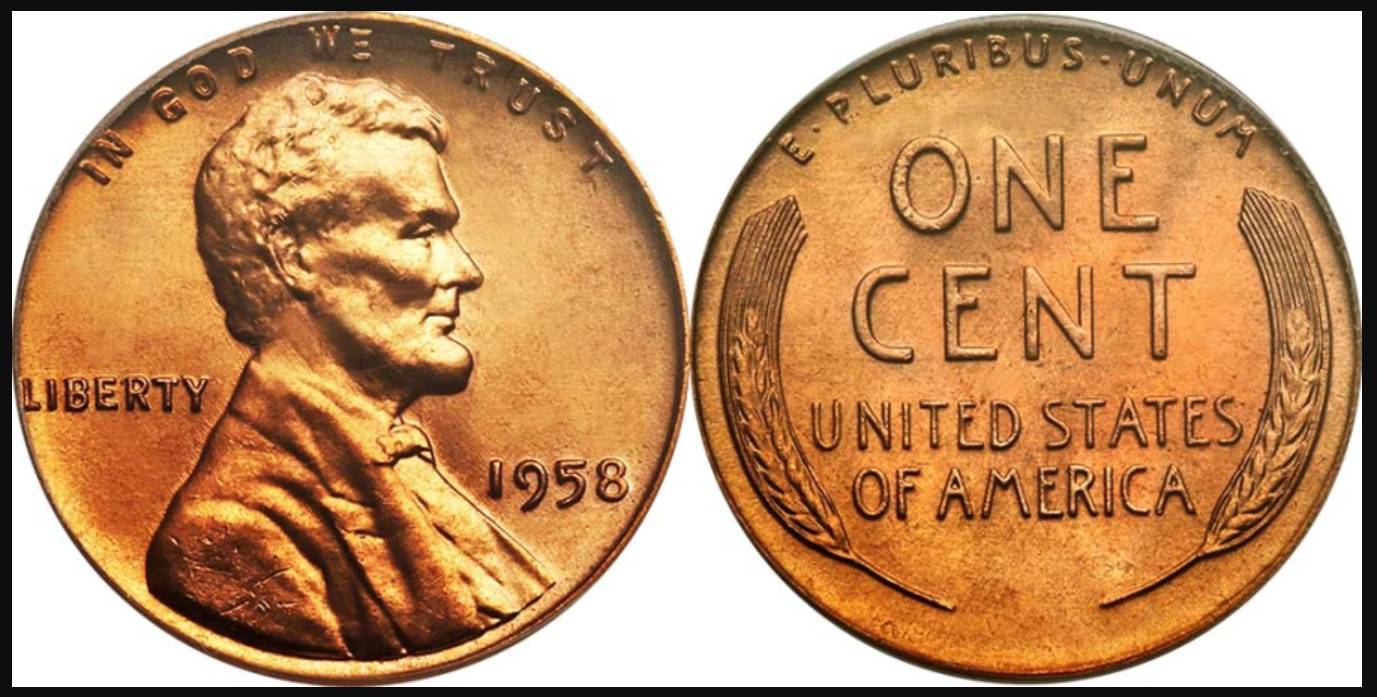A Penny for Your Thoughts: The Significance and Symbolism of the One-Cent Coin
Penny is a colloquial term used to refer to a one-cent coin in various countries, including the United States, Canada, Australia, and New Zealand. These small, copper-colored coins may seem insignificant in terms of their monetary value, but they have a long and interesting history that is worth exploring.
The origins of the penny can be traced back to ancient civilizations, where small pieces of metal were used as currency. The Romans, for example, used copper coins called as to represent the smallest unit of currency. The concept of the penny was later adopted by other civilizations and, over time, the design and composition of these coins has evolved.
In the United States, the penny was first introduced in 1787, when the Constitution granted Congress the power to coin money. Initially, the penny was made of pure copper and was similar in size and weight to the British penny. However, over time the composition of the penny has changed several times due to economic and technological factors.
During the 19th century, the increasing demand for coinage led to a shortage of copper, which prompted the U.S. Mint to use other materials to make the penny. In 1857, the penny was made of bronze, a mixture of copper and tin, and it remained this way until 1864. In that year, the penny was changed to a copper-plated zinc coin to save on the cost of copper. This change caused controversy and led to the coin being referred to as a “zinc penny.”
In the 20th century, the penny underwent further changes. In 1909, the penny was redesigned to commemorate the 100th anniversary of Abraham Lincoln’s birth. The new penny featured a profile of Lincoln on the front and a depiction of the Lincoln Memorial on the back. This design, known as the “Lincoln penny,” has been used on the penny ever since, with a few minor modifications.
In 1982, the composition of the penny changed once again, this time to a copper-plated zinc coin with a thin copper coating. The reason for this change was to reduce the cost of producing the penny, which had become more expensive than its face value due to rising metal prices.
Despite these changes, the penny has remained a beloved and iconic symbol of American currency. It is often used as a reference point for prices, with items being advertised as “only a penny” or “less than a penny.” The penny is also the subject of numerous proverbs and sayings, such as “a penny saved is a penny earned,” which reflects the value of frugality and thrift.
However, not everyone is a fan of the penny. In recent years, there have been calls to eliminate the penny due to its low purchasing power and the high cost of producing it. According to a study by the U.S. Government Accountability Office, it costs the U.S. Mint 1.7 cents to produce each penny, which means that the penny is a net loss for the government.
Despite these arguments, the penny remains a popular and enduring part of American culture. It is a reminder of the country’s history and its evolution as a nation. Whether you are a fan of the penny or think it should be eliminated, there is no denying its enduring place in the world of currency.



